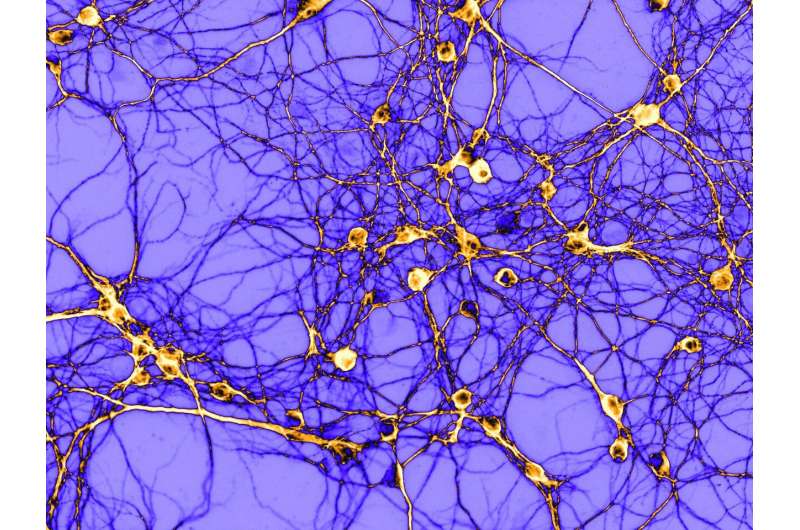Molecular switch for addiction behaviour

A molecular switch influences addiction behavior and determines how strong the response to addictive drugs is. A research team at Heidelberg University and the Sorbonne University in Paris (France) made the discovery in mice treated with cocaine. The researchers led by Prof. Dr. Hilmar Bading (Heidelberg) and Prof. Dr. Peter Vanhoutte (Paris) demonstrated that the protein Npas4 regulates the structure and function of nerve cells that control addiction behavior in mice. If the quantity of Npas4 was reduced in an experiment, the animals' response to cocaine was much weaker.
"In the animal model, Npas4 acts as a molecular regulator for the sensitivity to drugs of abuse. We hope that the results of our research lead to a better understanding of addiction in humans and will contribute to new therapeutic approaches," says lead author Thomas Lissek. The physician and scientist is pursuing doctoral research on molecular signaling mechanisms linking neuronal activity to gene transcription at the Interdisciplinary Center for Neurosciences (IZN) at Heidelberg University. According to the researcher, the current findings also underpin the existence of a biological basis for addiction behavior, much like for diabetes or cardiovascular disease.
The protein Npas4 acts as a so-called transcription factor. "We can view Npas4 as a conductor who coordinates which and how many other molecules are produced in a cell," explains Thomas Lissek. The target molecules of Npas4 primarily regulate the electrical activity patterns and the structure of nerve cells and influence the number of contact points between them. When the researchers reduced the amount of Npas4, the contacts between the nerve cells diminished. The mice subsequently exhibited a weaker response to cocaine than with a higher amount of Npas4.
The current findings from the Heidelberg and Paris scientists also demonstrate that Npas4 is governed by a special regulation mechanism. The protein can be induced only by stimuli that cause the calcium concentration in the nucleus of nerve cells to increase. For instance, the activation of dopamine receptors—a much-discussed mechanism in the development of addiction—does not contribute to increasing the amount of Npas4. The teams of Hilmar Bading and Peter Vanhoutte were also able to confirm this characteristic in human stem cell-derived neurons.
The unusual regulation mechanism of Npas4 is interesting for both basic biological research as well as the development of therapies to treat addiction. "Npas4 and its associated signaling pathway in the control of addiction behavior are promising therapeutic approaches," explains Prof. Bading, director of the Department of Neurobiology at the IZN.
The research was conducted within the framework of a German-French cooperation project and was funded by the German Research Foundation (DFG) and the Agence Nationale de la Recherche (ANR), among others. The results were published in the journal EMBO Reports.
More information: Thomas Lissek et al, Npas4 regulates medium spiny neuron physiology and gates cocaine‐induced hyperlocomotion, EMBO reports (2021). DOI: 10.15252/embr.202051882



















